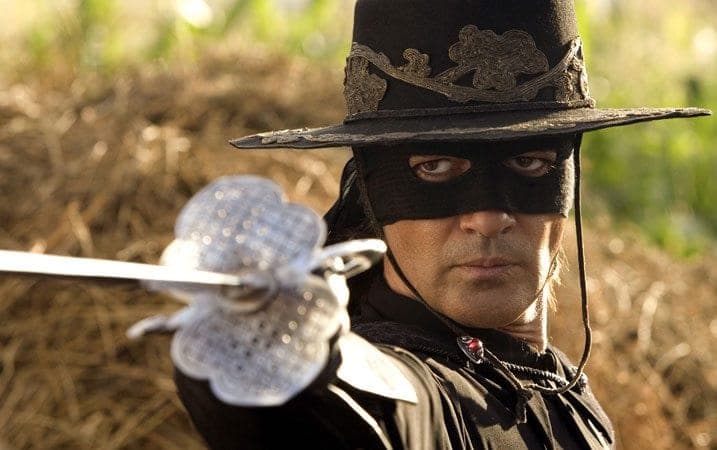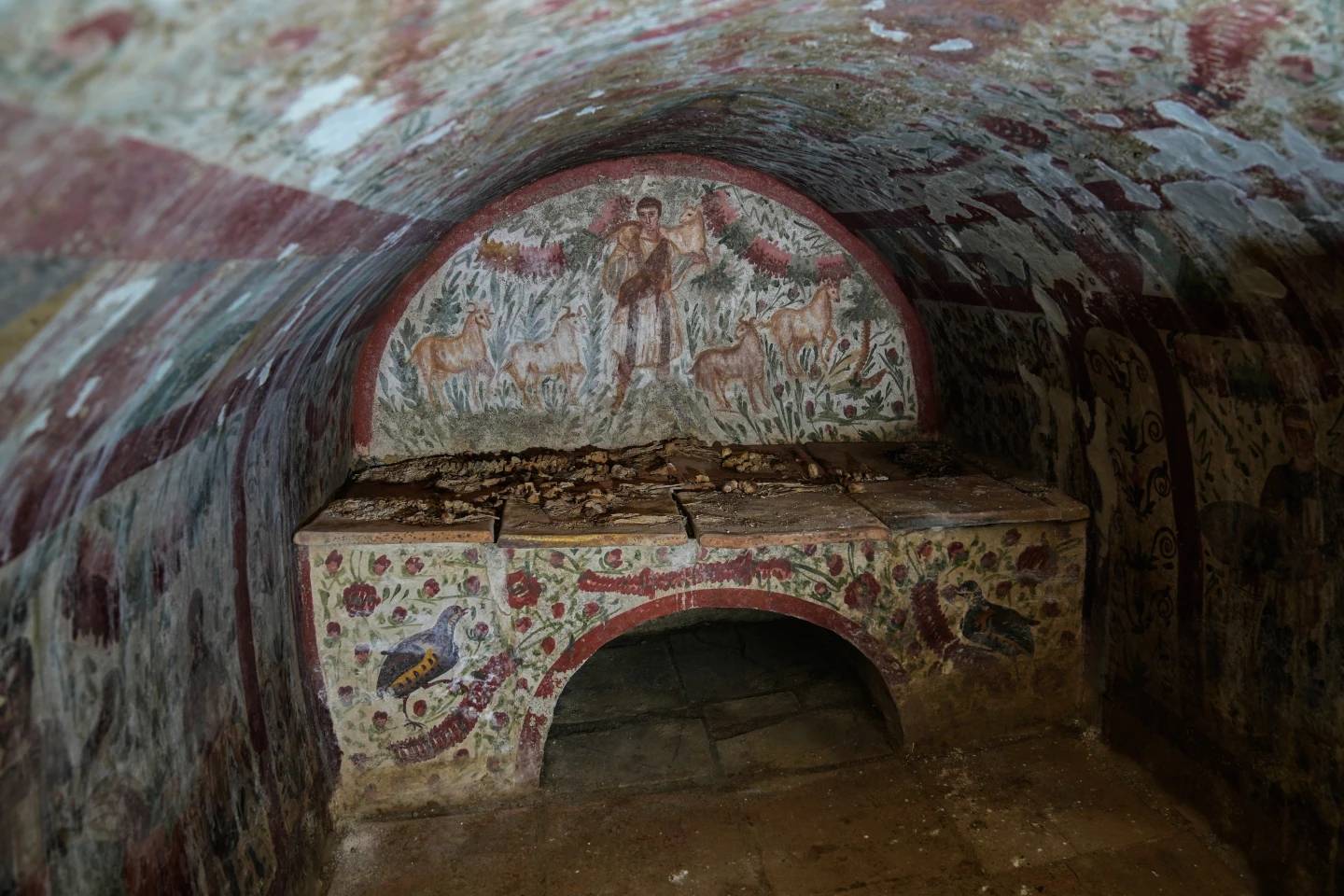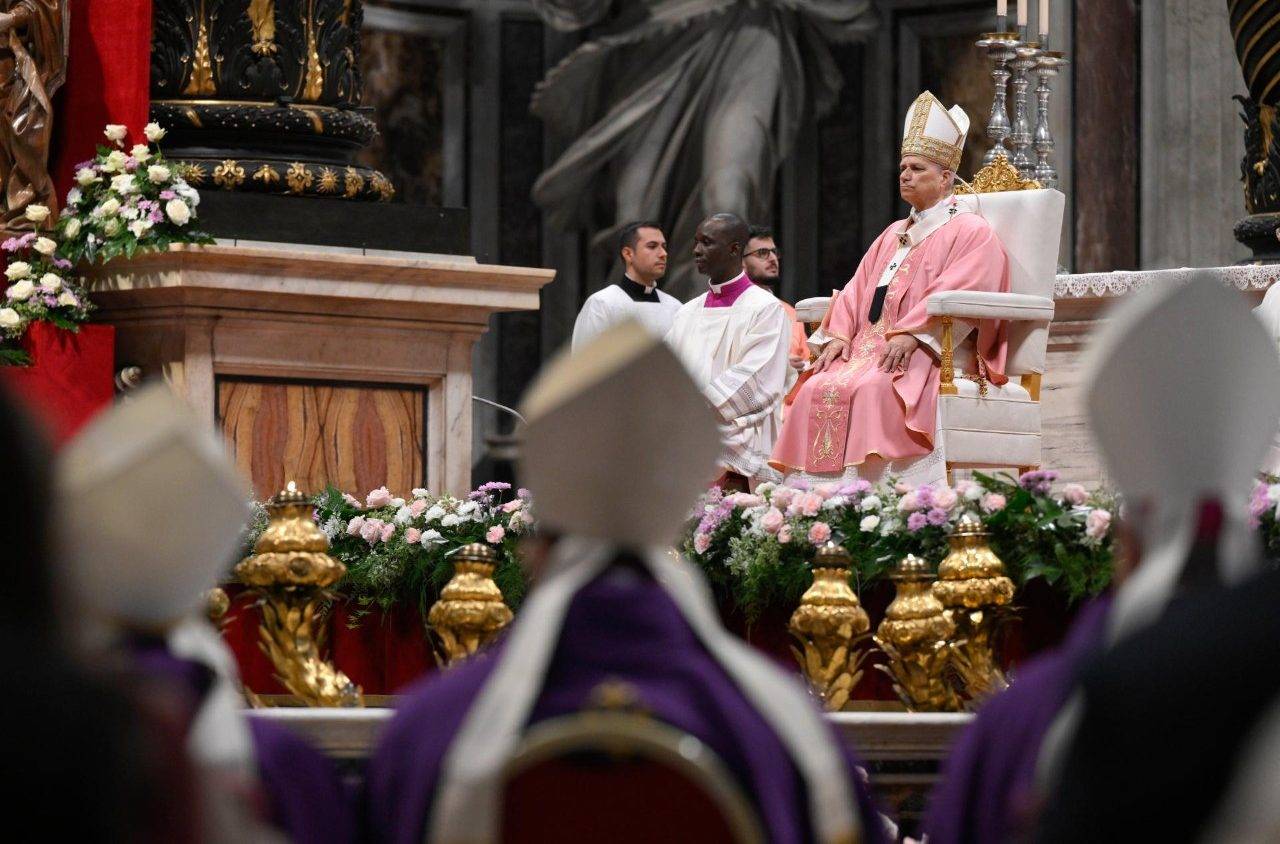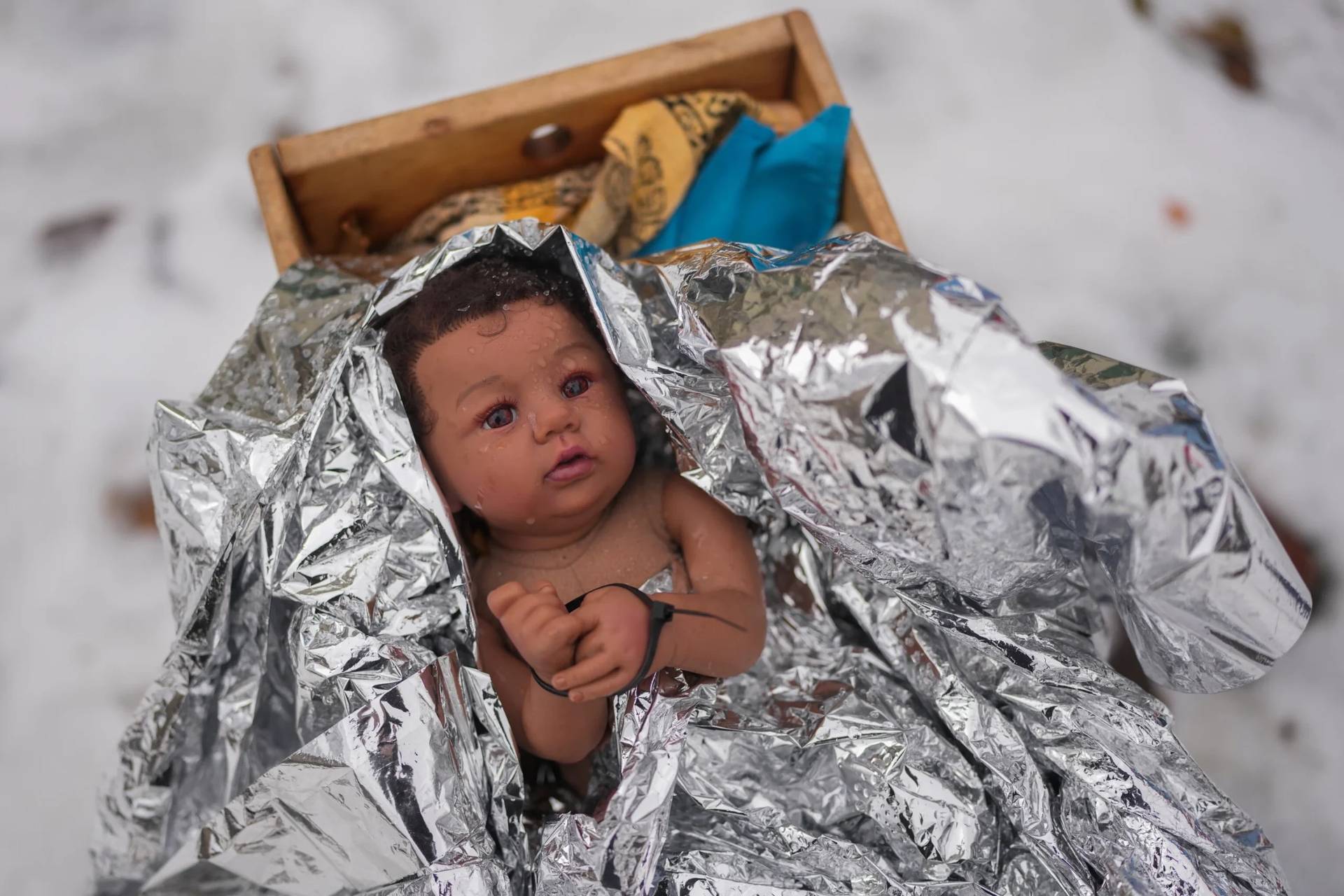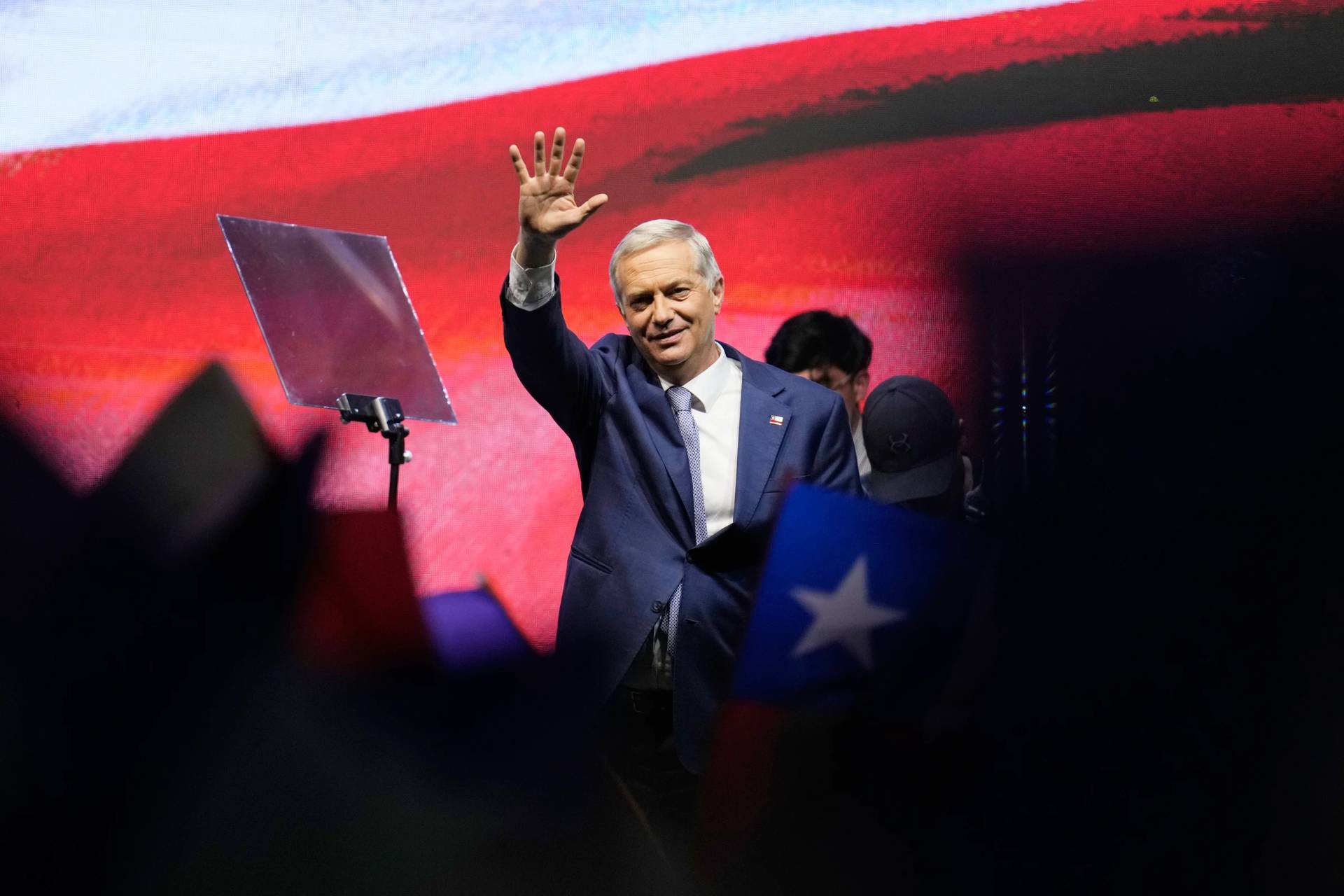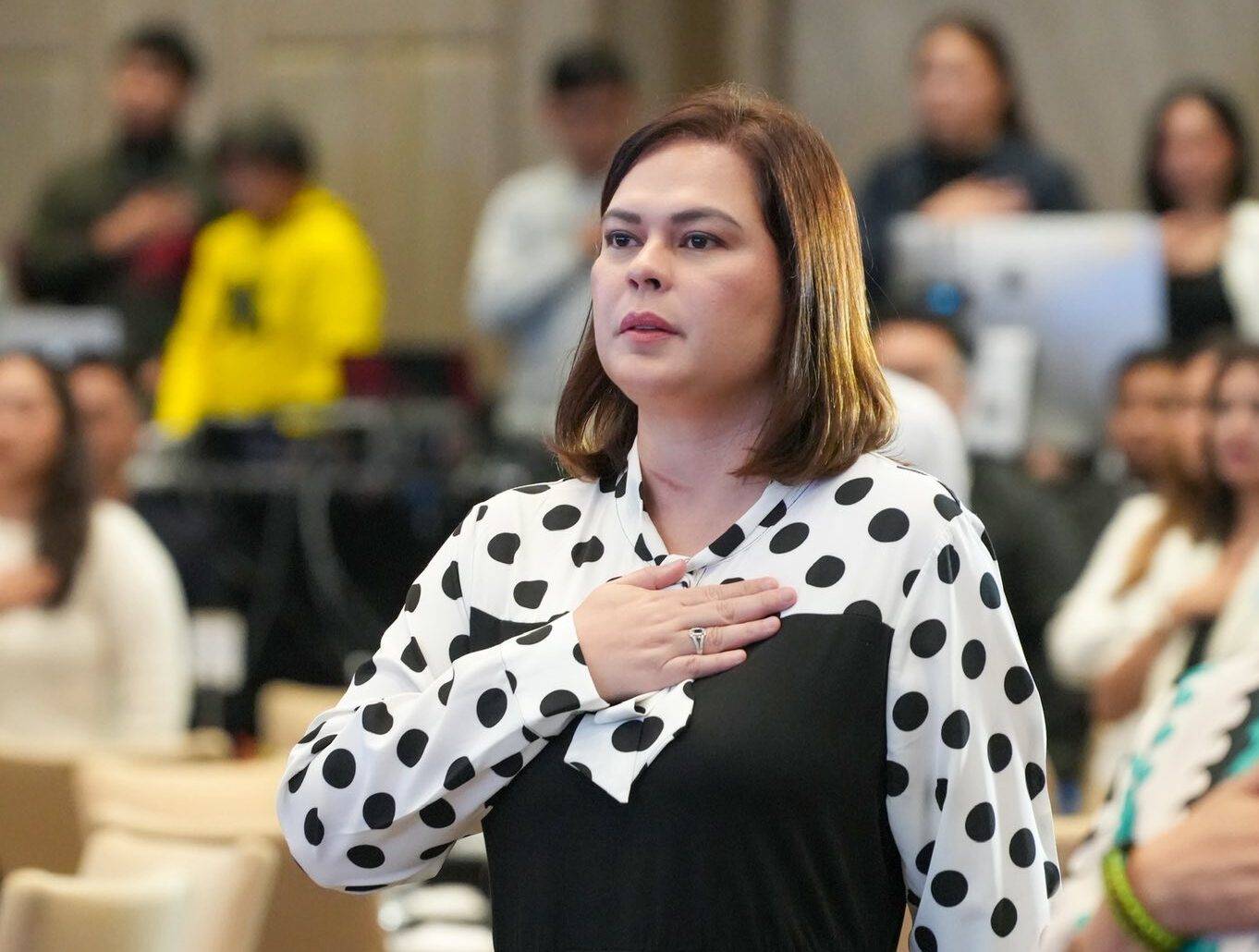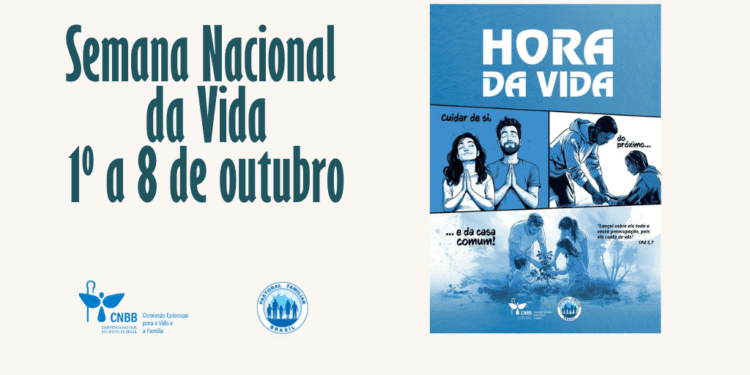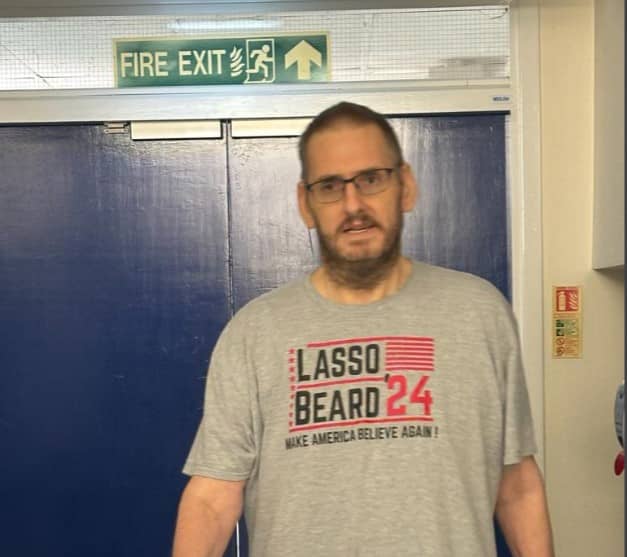“The Mask of Zorro” is newly available on Amazon Prime. “The Mark of Zorro” (1940) is also streaming via Amazon Prime; “The Mark of Zorro” (1920) is available for purchase on Amazon or DVD. Disney’s 1957 “Zorro” series is hard to find on DVD.
“He has been many different men,” Antonio Banderas tells Catherine Zeta-Jones in the last scene of the rousing 1998 action movie, “The Mask of Zorro.” He means the titular hero, of course, for in that film alone there were two Zorros: Anthony Hopkins and himself. But Zorro has been more men than these, the best-known including Douglas Fairbanks Sr., Tyrone Power, and Guy Williams.
In the world of comic books and comic-book movies and TV shows, there have been many superheroes and/or antiheroes who are identified as Catholic: Daredevil, Hellboy, Nightcrawler, Gambit, the Punisher, and many more.
Zorro is not only the original Catholic superhero, but arguably the first superhero of all time — though he was born in the pages not of a comic book, but of a pulp novel: the 1919 swashbuckler “The Curse of Capistrano” by Johnston McCulley, a prolific American writer of Irish descent. Zorro’s screen debut came just one year later, in the 1920 silent “The Mark of Zorro” starring Fairbanks; since then, Zorro has appeared in more than 40 films, a dozen TV series, as many as 65 stage plays, and even comic books.
In most of these incarnations, and particularly in the best ones, Zorro’s milieu is Catholic, and he himself is not only Catholic, but expressly allied with the Church, which sides with the oppressed poor against tyrannical local authorities — a motif that goes back to “The Curse of Capistrano.” One of the few recurring characters in the Zorro mythos is a Franciscan friar from McCulley’s novel, Fray Filipe or Father Felipe, often an ally of Zorro and a family friend of his alter ego, Don Diego [de la] Vega.
Thus in Fairbanks’ silent “The Mark of Zorro,” a Franciscan friar helps Zorro elude pursuing troops, even disguising him in a robe so that he can pass as a friar. To his enemies, meanwhile, the masked man is known as a defender of priests as well as natives. “If you are so anxious to meet him,” bombastic Sergeant Gonzales (Noah Beery Sr.) sneers at a would-be Zorro hunter, “pick on a priest or a native, and — presto! Zorro!”
Later we see an instance of this as Fray Filipe (Walt Whitman) is falsely accused of fraud and lashed in the public square. Had he been “a licentious governor,” the friar declared acerbically before his beating, he would have been found innocent; instead, “I am a robed Franciscan — therefore I am guilty!” When Zorro hears of this outrage, he is furious, and has the offending magistrate whipped in the same manner.
Later, seeking to rouse the blue-blooded caballeros (gentlemen) against the corrupt authorities, Zorro chastises them, “You sit idly sipping wine while the naked back of an unprotesting soldier of Christ is beaten!” This outrage marks a turning point of sorts as the caballeros join Zorro’s crusade for justice.
The Fairbanks film is a crucial work in the evolution of the action/adventure genre, with the athletic Fairbanks in his first non-comic role performing daredevil stunts that still astonish today, particularly in the big action set piece in the last act. But it lacks something that a classic superhero narrative needs: an origin story. How did Don Diego come to adopt this double identity?
This defect was corrected in the brilliant 1940 remake directed by Rouben Mamoulian and starring Tyrone Power, one of the best superhero movies ever made. Here we see Don Diego returning from military education in Spain to his native California to find that conditions have deteriorated dismayingly in his absence. A corrupt, buffoonish magistrate, Alcalde Luis Quintero (J. Edward Bromberg), has succeeded Diego’s own father (Montagu Love), and the people suffer greatly.
You can see the precise moment that the angry, baffled Diego makes a strategic choice to adopt a dandified, foppish persona so that he won’t register as a threat to Quintero or his ostensible henchman, Captain Esteban Pasquale (Basil Rathbone). Diego’s insipid act is a bewildering disappointment to his family, but also to family friend Father Felipe, here played by gravel-voiced Eugene Pallette as a more devout but no less irascible cousin to Pallette’s Friar Tuck in the 1938 “The Adventures of Robin Hood” (which also costarred Rathbone in a similar villainous role).
As in the 1920 film, Zorro dons a Franciscan habit to pass unseen amid his enemies, though his alliance with Father Felipe doesn’t come until later. Instead, Power’s disguised Zorro comes upon his enemy’s lovely niece Lolita (Linda Darnell) just as she is praying to the Blessed Virgin for a suitor to save her from the convent to which her ruthless, superficial aunt wants to consign her. (“Someone I can love and respect,” she prays, “kind and brave … and handsome, please.”) So Zorro’s appearance at that moment is like an answer to a prayer!
Later, Diego comes to Father Filipe by night and finds him praying Night Prayer with the peons (a rare glimpse of a liturgical service in an action movie). Taking the cleric into his confidence, Diego gives him the gold and jewelry he has stolen as Zorro from the alcalde so that it can be dispensed to the poor from whom Quintero’s wealth is stolen.
The 1940 film ends with a mass uprising of the peons against their oppressors — a more populist take on regime change compared to the 1920 film, in which Zorro tells his aristocratic peers that “It is for us caballeros, and us alone, to set [our country] right!” In the 1940 film, Pallette’s Felipe is naturally in the thick of the final action scene, busting heads with aplomb and rumbling “God forgive me” each time.
Powers’ film may be the definitive telling of the Zorro story, but the most beloved Zorro of all time is probably Guy Williams in the 1950s Disney serial-style TV series, which ran two seasons, from 1957 to 1959, with four hour-long specials and a feature film, “The Sign of Zorro” (1958), edited from first-season episodes.
Disney’s “Zorro” is first-rate family entertainment, with solid writing, terrific stunts, energetic fencing sequences, and a lavish pueblo set that cost more than half a million dollars. Williams is engaging both as a less foppish, more quietly studious Don Diego and as an archetypal Zorro: dashing, charismatic, and acrobatic.
Zorro’s Catholic milieu is perhaps better used here than in any other incarnation, particularly early in season 1, in which Padre Felipe (Romney Brent) assists Zorro by protecting a wrongly accused prisoner with Church sanctuary — protection that even the ruthless Capitan Monastario (Britt Lomond) must respect.
The Zorro mythos got a significant update in Martin Campbell’s “The Mask of Zorro,” with Hopkins as an aging Don Diego and Banderas as a scruffy rogue named Alejandro who trains with Don Diego to succeed him.
“Mask” is a smartly scripted, thrilling Zorro movie for the post-007 era, with large-scale, explosive set pieces and a liberated heroine, Elena (Zeta-Jones), who can go toe-to-toe with the hero over crossed swords as well as on the dance floor — quite passionately in both cases.
While the elder Zorro’s career is only gestured at, once again Fray Felipe (William Marquez) is on hand, assisting both Zorros decades apart. (In the opening scene, the friar casually saves Zorro’s life from an opportunistic soldier with a rifle by casually elbowing him in the face — without a “God forgive me” here.)
Later, when Alejandro, dressed as a self-styled Zorro, comes to the priest for sanctuary, Felipe hides him in a confessional booth — “just like the old days,” he says eagerly. At that moment Elena comes for confession, and so we get another flirtatious scene between the leading lady and a “priest” who is really Zorro. (This one is more openly played for laughs; when Elena, evidently a frequent confessor, accuses herself of breaking the Fourth Commandment, Alejandro, rusty on his Catechism, stammers, “You killed somebody?”)
Alas, the 2005 sequel “The Legend of Zorro,” with the same director and stars, is a dreadful disappointment, with Alejandro and Elena’s 10-year marriage on the rocks, Alejandro sliding back into drunken, loutish behavior, and a nasty, racist villain who’s also a religious fanatic somewhat undermining the mostly positive depiction of the Church.
At least two Zorro-inspired movies are in development right now. Can a Zorro movie made in the third millennium do justice to Zorro’s Catholic roots? Will they even try? Sooner or later, I’m sure one will be made. Zorro has been many men, and he will certainly be many more in the decades to come.
